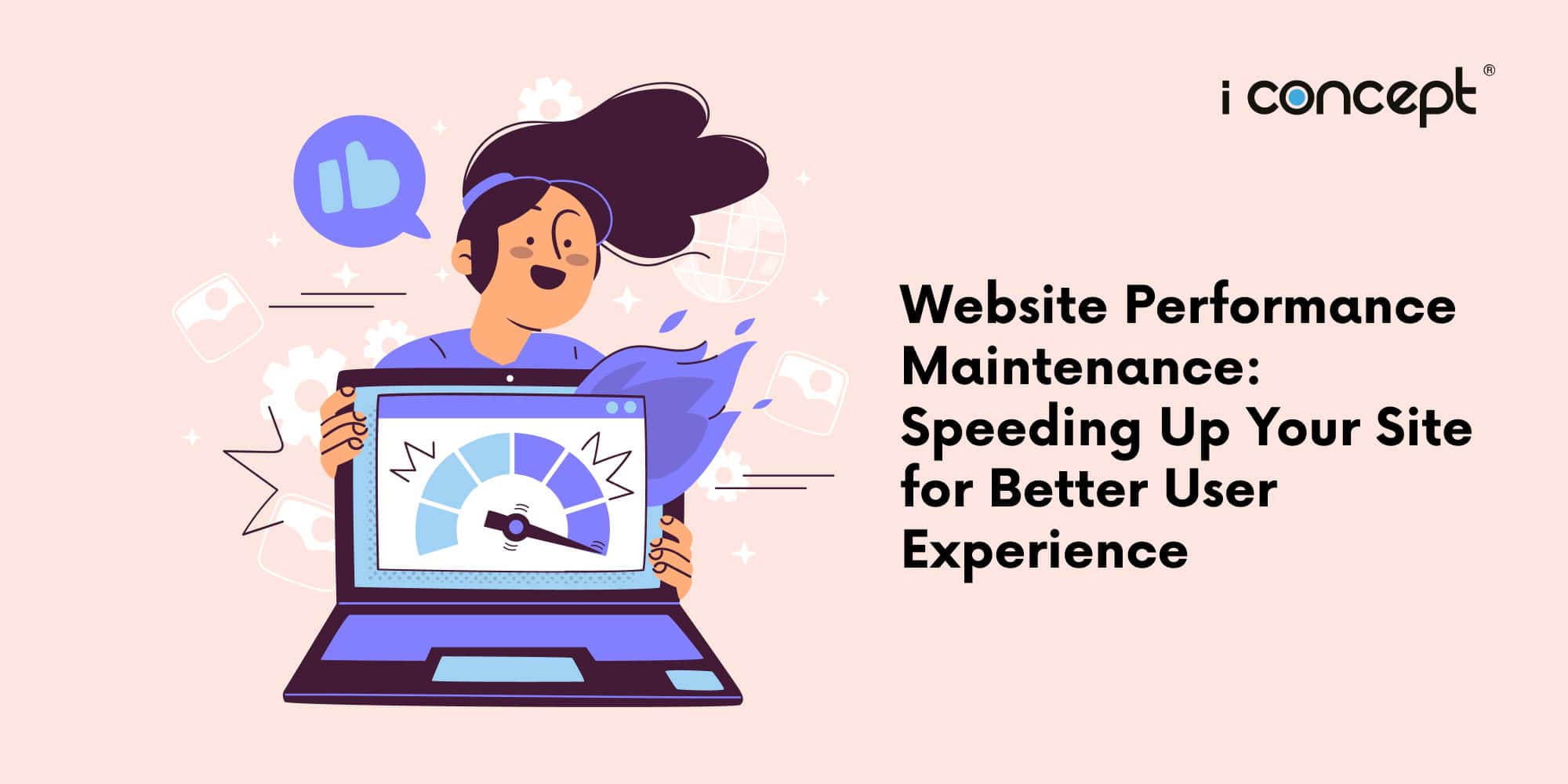In today’s digital ecommerce marketplace, it’s not enough to just have a global presence. Having a website design that combines optimization, functionality and interactivity that capitalises on conversions is key to success.
However, best practices to digital conversion rate optimization quickly become archaic so reacting quickly can help you drive up your success rate effectively. Here are 4 best practices you can implement now!
-
Page Speed Optimization
According to Google’s Insights, 53% of page visits get cancelled by a potential customer or client if the page loads more than 3 seconds. This means that when it comes to optimizing website speed, every second is vital. Therefore, ensuring that your website design integrates this aspect is imperative.
Here are some free tools to measure page speed, collect insights and automate your website page optimization.
- Google PageSpeed Insights – this tool analyzes how much time it takes for your website page to load and how it affects your visitors’ behavior.
- WebPageTest – this tool runs a free website speed test to measure and analyze the performance of your website.
- Accelerated Mobile Pages – this tool is an Open Source software that improves page load speed of your website page on mobile versions.
-
Applying Hick’s Law
Hick’s Law is a simple law that points out that the more choices you present your website visitors with, the longer it will take for them to reach a decision. So how exactly does this law apply to web design?
Categorizing Choice – When response time is critical, keep the number of options to a minimum. A web design that has clearer options is frequently rated by visitors as having better user experience. Alternatively, you can also speed up website response time by highlighting important options and making them stand out, thus reducing distractions.
Time Spent On Website – By optimizing your website design to provide your visitors with the right amount of options to keep the engagement, you’re positively impacting the conversion phase. The key is to decrease the average amount of time spent on your website while simplifying decision making.
Page Views – The number of page views you receive is an indicator of how effectively you’ve utilised Hick’s Law. If the website navigation process is too complex, the number of page views is likely to be lower than if visitors were greeted with a navigation menu that meets their needs easily and quickly.
-
Negative Space
Negative space, also known as white space, can be defined as the area of a website page that’s unused. It covers everything from line and letter spacing, to the space surrounding text and images. Successful implementation of negative space not only directs visitors’ attention but also contributes to a seamless user experience. Effective practices of white space are:
Macro vs Micro White Space – Micro negative space is related to the space between small elements like lines, words, and letters, while macro negative space is the space between larger blocks or elements. Understanding and balancing white space is important for the overall effectiveness of web design.
Content Hierarchy – By identifying that website page elements have different levels of importance based on their size and relationship to each other, you’ll be able to decrease or increase visibility on your website page. Place the key messages near the top of the page and use negative space to guide a visitors’ eye from one content highlight to another.
Improving Readability – Content is the main reason why people visit websites so it’s important to think about the readability of your content. Colour contrast and line spacings between fonts aside from size and weight can drastically improve the legibility of your website. The larger the readability space, the better the experience of the visitors’ that are reading.
-
The 8-Second Rule
A study by Microsoft states that you only have eight seconds to grab your website visitor’s attention. With so many disruptions today, how can your website design satiate this need for your website visitors to consume content faster than they can process it? Meet the eight-second rule with these tips:
- F-Layout Web Design – When it comes to browsing and reading website pages, visitors tend to read the screen in an “F” pattern. By simply placing the most important content and CTAs within the F-layout screen areas, you’ll be assured that your visitors can spot the elements on your website page that you wish to emphasize more.
- Choosing The Right Colours – Picking the right colours attract the consumer’s attention and influence digital buying behavior. Using contrasting colours make the essential web page elements such as banner headlines, call to action buttons and testimonials stand out, making it more likely to attract and be remembered.
- Clear CTAs – If your website is telling your visitors what you offer without telling them how to respond, you have a lack of clear CTAs. Ensuring that your website has a clear and compelling website CTAs regards what you want your website visitors to do. By eliminating complicated navigation steps, you convert visitors into buyers.
It doesn’t matter if your website is brand new or if it’s been around for a decade.
By applying these 4 web design best practices, you’ll be creating a design with cognitive fluency that provides your visitors with a reliable and positive experience that helps you boosts conversions.
If you’re looking to build a website of your own, or need some help with creating one that achieves your objectives, feel free to speak to our professional website design and development team for a customised plan.










